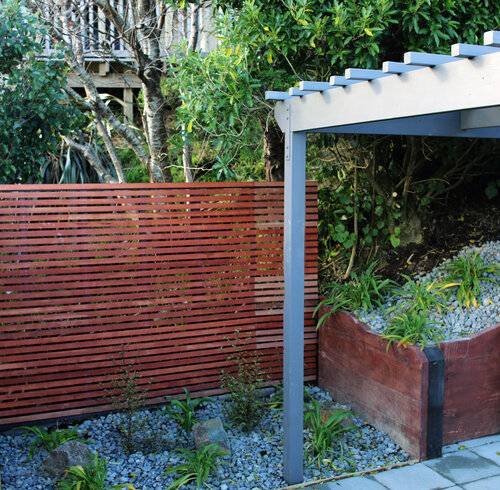The Artistry of Landscape Architecture: Crafting Outdoor Spaces with Purpose and Beauty
Crafting Outdoor Spaces: A Question of Nature and Purpose
In the realm of landscape architecture, the fusion of aesthetics and functionality transcends mere outdoor spaces, evolving them into landscapes where each element serves a distinct purpose. From the exclusive singularity of verdant gardens to the soft somnolence of falling water, from stone and brick and the intangible threshold that exists between nature and humankind, landscape design sews together the fabric of our dwellings to the natural world.
Embracing Nature's Symphony
Landscape design isn't merely about arranging trees and shrubs in a fashion that is pleasing to the eye; it's a profound understanding of the natural environment, where its inherent, raw beauty is sculpted into extraordinary vistas through the careful use of materials and architectural ingenuity. It’s about fostering a sense of solemnity tinged with the giddy excitement of that first day of autumn, when the chimney smoke hangs low in the treetops. Each design is a narrative unto itself, reflecting the vision of the designer, the inhabitant and the whenua we exist upon.
At its essence, landscape design embodies balance—a delicate equilibrium between form and function, aesthetics and practicality. A harmonious landscape strikes a balance between the idyll picturesque, and incidental functionality. Each element—whether it's providing shade, privacy, or habitat for pollinators—serves a purpose, aggrandizing the space both visually and practically. Whether it's the grandeur of a sprawling estate or the intimacy of a cozy backyard retreat, every design endeavor seeks to enhance the quality of life for those who inhabit these curated spaces.
Navigating the Landscape
Embarking on a landscape architecture journey requires thoughtful consideration and reflection on one's desires and needs. Envisioning the ideal outdoor sanctuary involves contemplating its intended usage and essential elements, be it a tranquil haven for repose or an engaging space for social gatherings. It's about discerning what is indispensable and what contributes to the desired ambiance.
Harmonizing with Terrain
Leveraging the natural features of the land enriches the landscape design journey, allowing for seamless integration of the outdoor environment with its surroundings. Sloping terrain offers opportunities for terraced gardens, while rocky outcrops can be transformed into captivating focal points or cozy seating areas. By harmonizing with the tuawhenua, a sense of unity and connection is forged between the landscape and its setting.
Choosing Natives
Choosing flora that thrives in the local climate ensures the longevity and vitality of the landscape. Understanding the unique requirements of plants and greenery enables the creation of resilient and vibrant outdoor spaces that flourish in their environment. In the tapestry of landscape design, the significance of incorporating native plants cannot be overstated. Native flora, rooted in the local ecosystem, not only add to the visual allure of the yard, but also play a pivotal role in fostering biodiversity and ecological resilience.
By embracing indigenous plants, landscape architects craft environments that seamlessly blend with their surroundings, creating habitats for native fauna and preserving the delicate balance of nature. From enhancing soil health to reducing water consumption, native plants offer a myriad of benefits, ensuring sustainable and thriving landscapes.
Landscape architecture is a testament to the transformative power of design, offering a sanctuary that inspires, rejuvenates, and fosters an explorative conversation with nature.
Embark on your landscape journey with purpose, and let the land weave a story. If you're ready to carve out your corner of the world, to shape and mould and find comfort in its rudimentary embrace, we invite you to explore our services at Ridler Landscapes.

